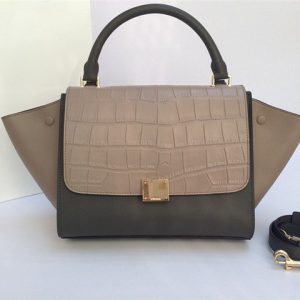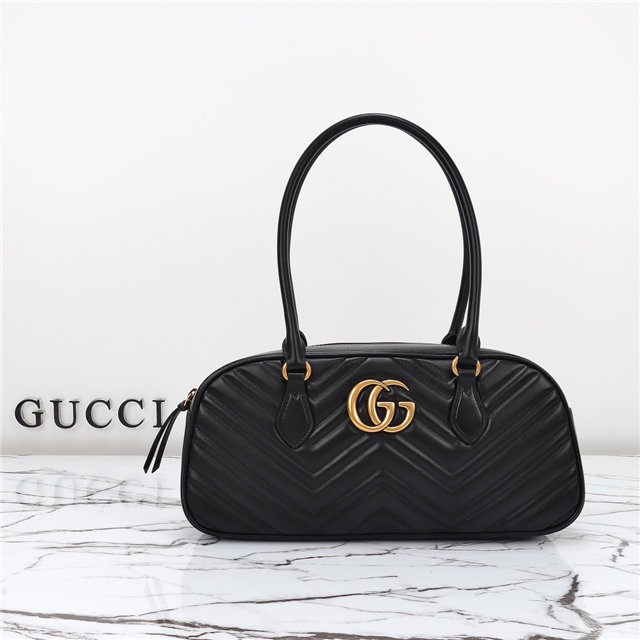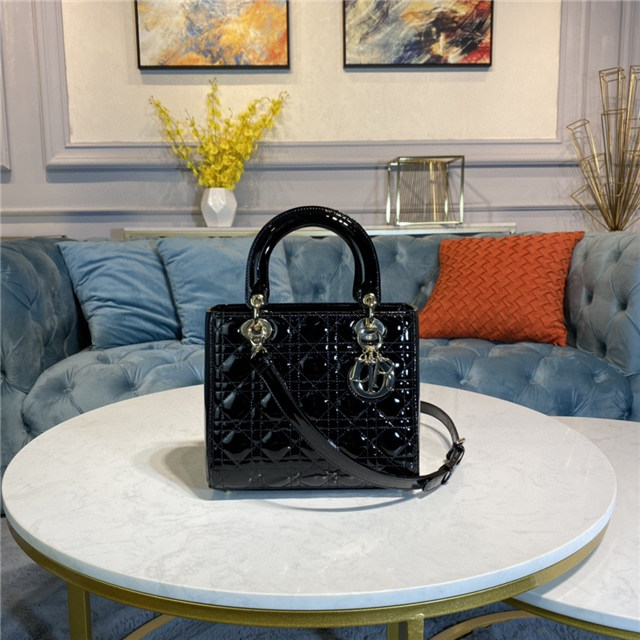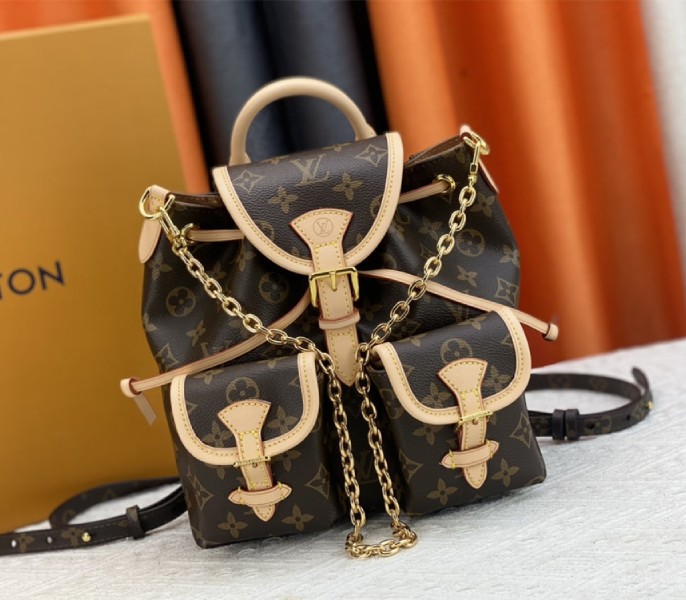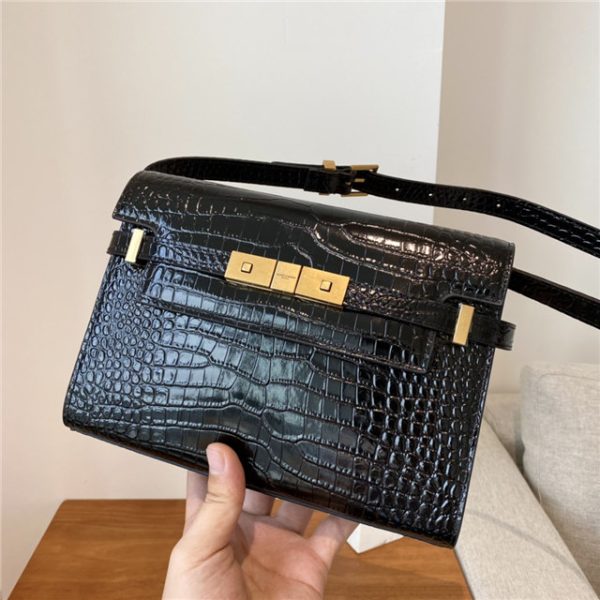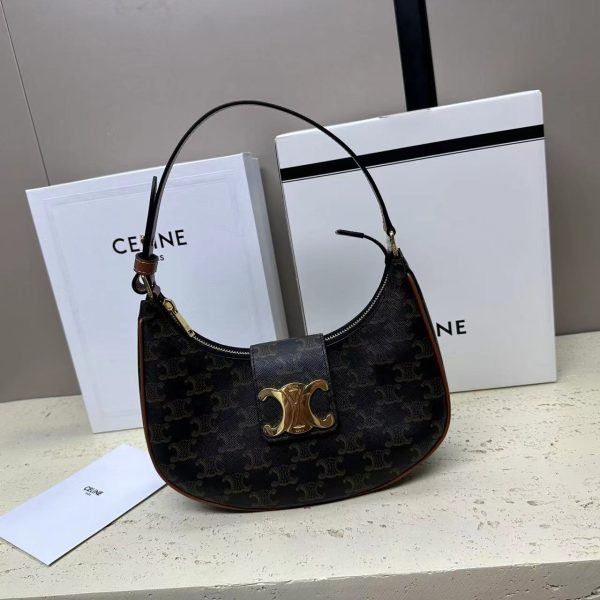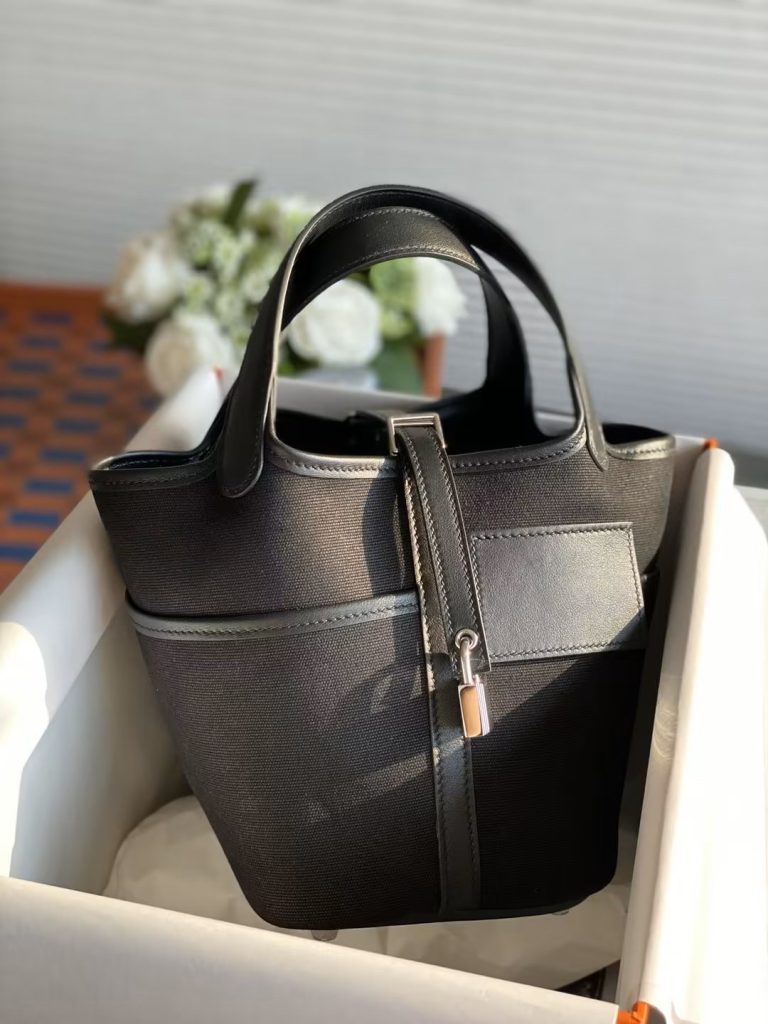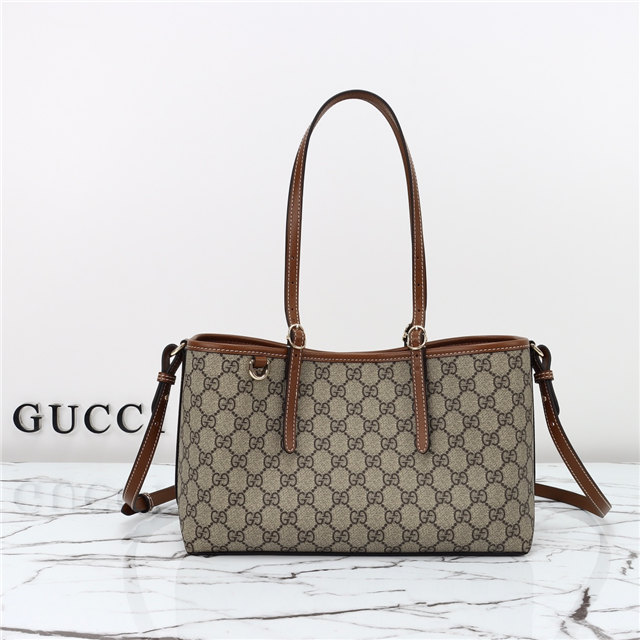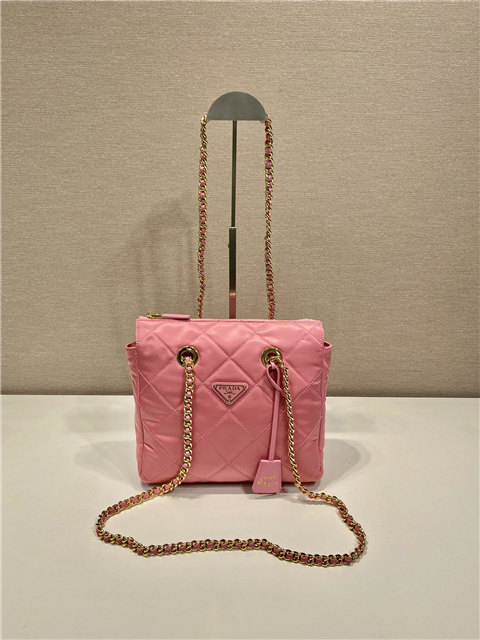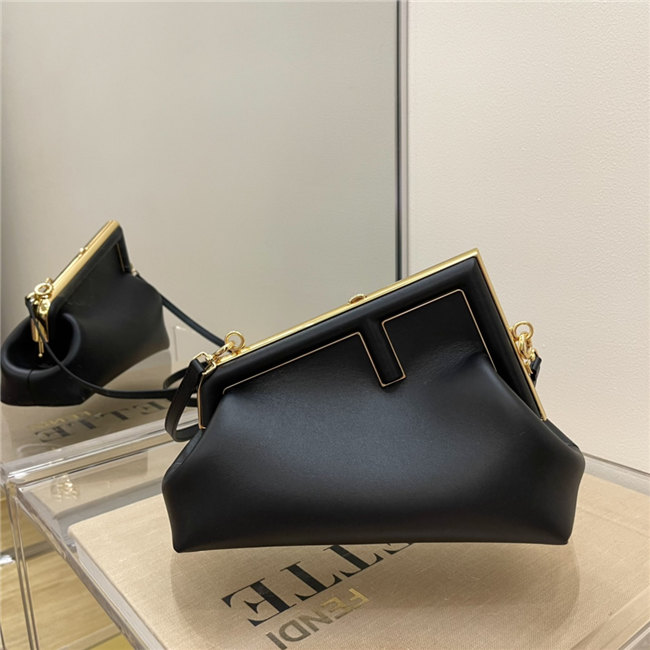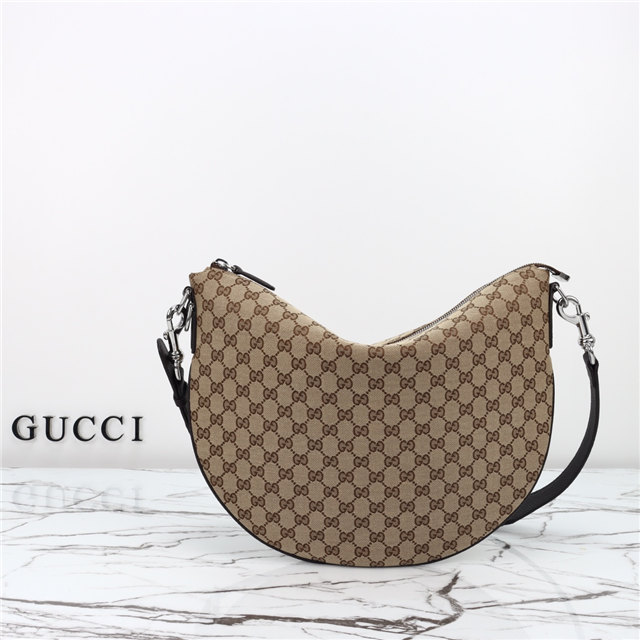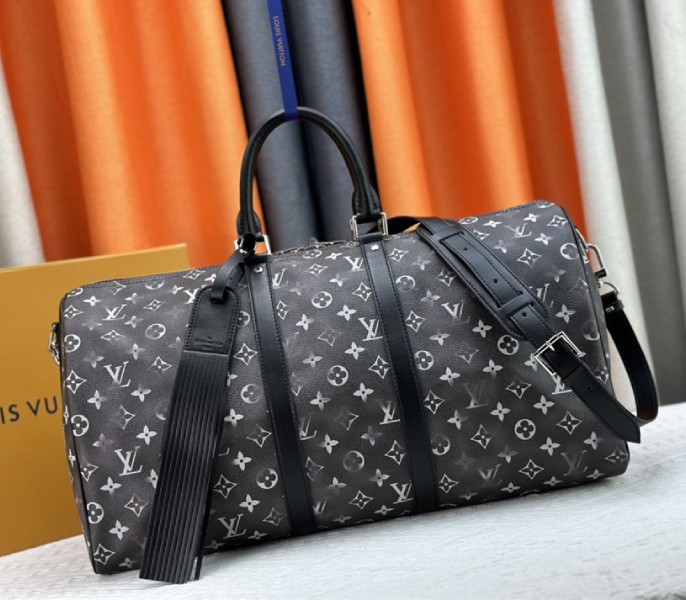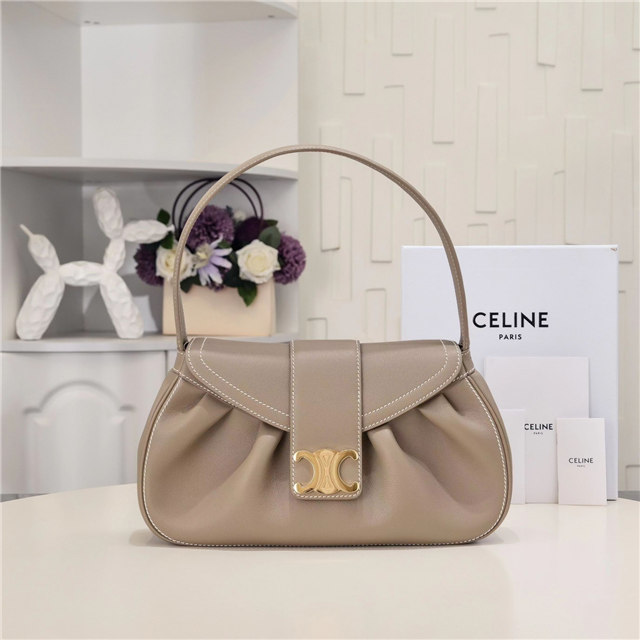So, you’re scrolling, right? You see this “Balenciaga” bag online. Looks the part, feels the part (from the PICTURE, anyway). The seller’s throwing around terms like “original quality,” “mirror image,” whatever. My gut tells me, always be skeptical. Like, *really* skeptical. I mean, come on. If it sounds too good to be true…it probably is.
I saw some stuff saying that Balenciaga bags have a serial number tag. Okay, cool. But what if that serial number’s, like, easily faked? Or, even worse, what if it’s stolen from a *real* bag and slapped onto a fake? It’s a total minefield, I tell ya. And don’t even get me started on the stitching. Real Balenciaga stitching is supposedly, like, perfect. But how many of us can *actually* tell the difference between perfect stitching and “pretty damn good” stitching on a blurry online photo? Not me. Not without my glasses, anyway.
Then there’s the whole “City Bag” thing. Apparently, this Nicolas Ghesquière dude designed the first motorcycle bag way back when. The “First” bag. Smaller than the City. Interesting, right? But what does that *actually* tell you about spotting a fake? Not a whole lot, tbh. Just a bit of trivia to impress your friends (or, you know, pretend you know your stuff when haggling with a seller).
Honestly, it’s all so confusing. You gotta check the serial number, the stitching, the leather (if you can even *smell* the leather through the internet, which, you can’t). And even *then*, you’re still taking a gamble.
My personal opinion? If you’re gonna go for a dupe, just own it. Don’t pretend it’s real. Buy it because you *like* the look, not because you’re trying to fool people. And for the love of all that is holy, don’t pay a ridiculous price for something that’s clearly not the genuine article. Do your research, read reviews (but take them with a grain of salt, because who knows who’s writing those things?), and trust your gut.

